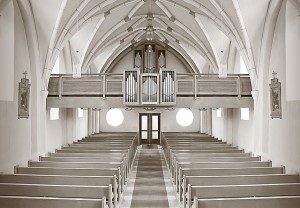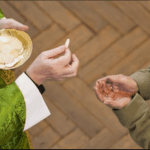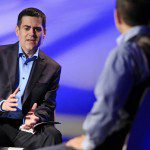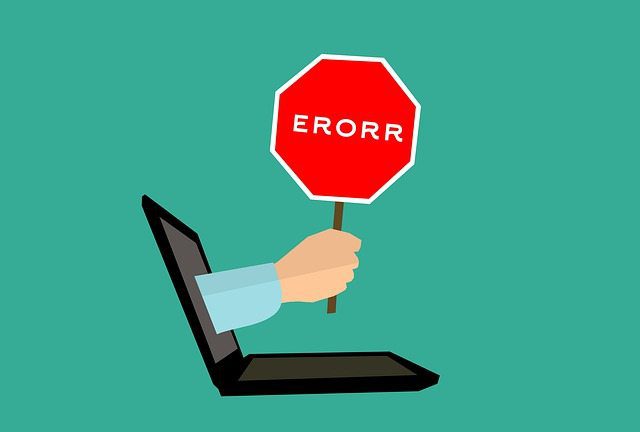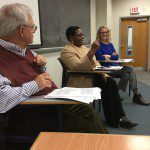Emma Green had an interesting and provocative piece on The Atlantic‘s website over the weekend. She complied anecdotal reports that many mainline Protestant churches with largely politically progressive congregations experienced an increase in worship attendance in the weeks following Donald Trump’s election. Presumably, some number of liberals who are dismayed by the election’s outcome are turning to their faith to cope with the disappointment and steel themselves for what is coming.
Green:
Anecdotal evidence suggests other liberal churches from a variety of denominations have been experiencing a similar spike over the past month, with their higher-than-usual levels of attendance staying relatively constant for several weeks. It’s not at all clear that the Trump bump, as the writer Diana Butler Bass termed it in a conversation with me, will be sustained beyond the first few months of the new administration. But it suggests that some progressives are searching for a moral vocabulary in grappling with the president-elect—including ways of thinking about community that don’t have to do with electoral politics.
A couple quick thoughts:
First, church attendance is always higher in the winter and spring, from before Christmas to after Easter. Since we’re talking about anecdotes, I’ll relay my experience as a parish minister and let others familiar with the rhythms of church life can weigh in with theirs. While attendance is usually low in the summer months and somewhat higher during the school year, even when school is in session, there are high and low periods. November seems to be a time when attendance begins to ramp up toward the observance of Advent and Christmas. Attendance remains at its strongest through Easter, then declines a bit before a brief resurgence in mid- and late-May, when moms drag stragglers to church in celebration of graduations and Mother’s Day.
Second, there is no aggregate-level survey data that points to election-related changes in church attendance. I also do not recall white conservative churches seeing an attendance surge in 2006 and 2008, when Democrats did well in fall elections. I could be mistaken. But the effects, if there were any, did not last.
The interviews with church leaders make Green’s article so compelling. These folks want to believe that they are seeing something more than just usual seasonal variation in attendance. But even more, they want to respond pastorally to dismayed lapsed mainline churchgoers.
Said one pastor:
“Most of our folks are fugitives and refugees from the brand of ‘evangelicalism’ that elected Trump—so for our folks it was mostly grieving and trying to figure out how the hell the people they grew up with could call themselves Christians and support Trump after all that he has unapologetically said and done.”
But another churchman, a mainline parish business manager, was skeptical that Trump’s election has spurred a progressive faith revival:
“Church attendance can be affected more by internal church factors than external events. There are too many variables that affect attendance to isolate one—weather, summer vacations, a baptism on a Sunday, an interim period, [or] Christmas [and] Easter, where you get people that attend once or twice a year.”
I think Green’s conclusion on the apparent trend is fair, but also appropriately skeptical:
Even if Trump doesn’t bring about a membership revolution in the American mainline, which has been steadily shrinking for years, some of the conversations these Protestant pastors reported were fascinating—and suggest that this political environment might be theologically, morally, and intellectually generative for progressive religious traditions.
I would love to hear others’ thoughts on this.
